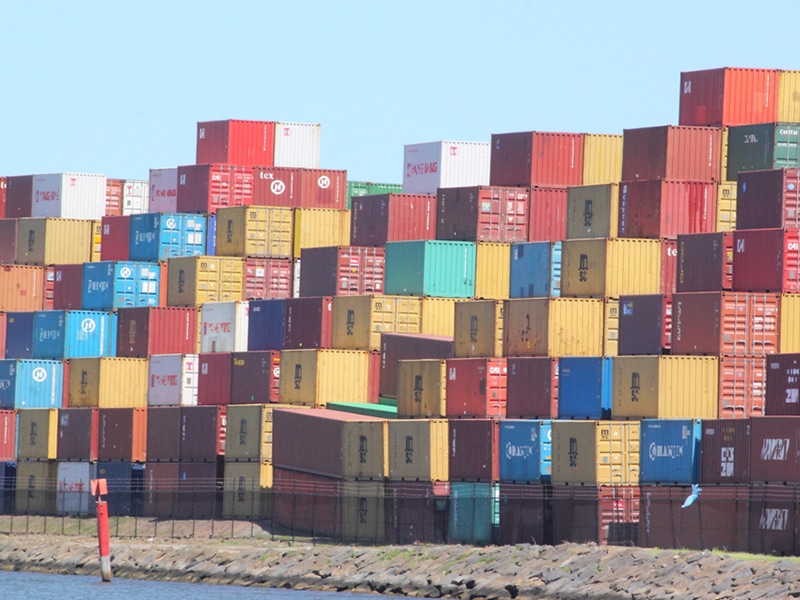The Australian manufacturing sector expanded for a third consecutive month for the first time since July 2010, according to the September results of the Australian Industry Group’s latest Australian Performance of Manufacturing Index (Australian PMI).
The Australian manufacturing sector in general was given an overall rating of 52.1, up 0.4 from last month and 3.3 points higher than the 12-month average of 48.8. Of the seven performance indicators measured, six recorded growth throughout September, with only the employment category seeing a downturn.
Four of the eight manufacturing sub-sectors recorded growth, with the petroleum, coal and chemicals sector seeing a jump of 8.9 points to 57.2. Of particular note is the 7 point jump in the exports category to 51.7.
The Australian PMI looks at a number of different performance indicators across the eight manufacturing sub-sectors as defined by the ABS (Food, Beverage and Tobacco; Textile, Clothing, Footwear and Leather; Wood and Paper; Printing, Publishing and Recorded Media; Petroleum, Coal, Chemical and Associated Products; Non-Metallic Mineral Products; Metal Products; Machinery and Equipment).
The index looks at indicators such as new orders, stock levels, and supplier deliveries and gives each a numeric rating. Ratings above 50 indicate growth, while those below 50 indicate a decline. The distance from 50 indicates the strength of the increase or decline.
Australian Industry Group CEO Innes Willox says the falling Australian dollar is driving the improvement.
“In encouraging news for an economy searching for sources of growth outside mining, September saw the manufacturing sector consolidate on gains generated in recent months,” he says. “The lower Australian dollar is a clear driver with local producers winning against imports in the domestic market and making further progress in export markets.”
The lower dollar also had a slightly negative impact on the manufacturing selling prices category. With imports now more expensive, there is increased competition among Australian manufacturers leading to lower selling prices.
Average wages were down 9.3 points but still sitting at an elevated 55.0. The drop shouldn’t be a cause for too much alarm as the annual wage increases for national minimum and award wage rates (effective July 1) have now passed.


